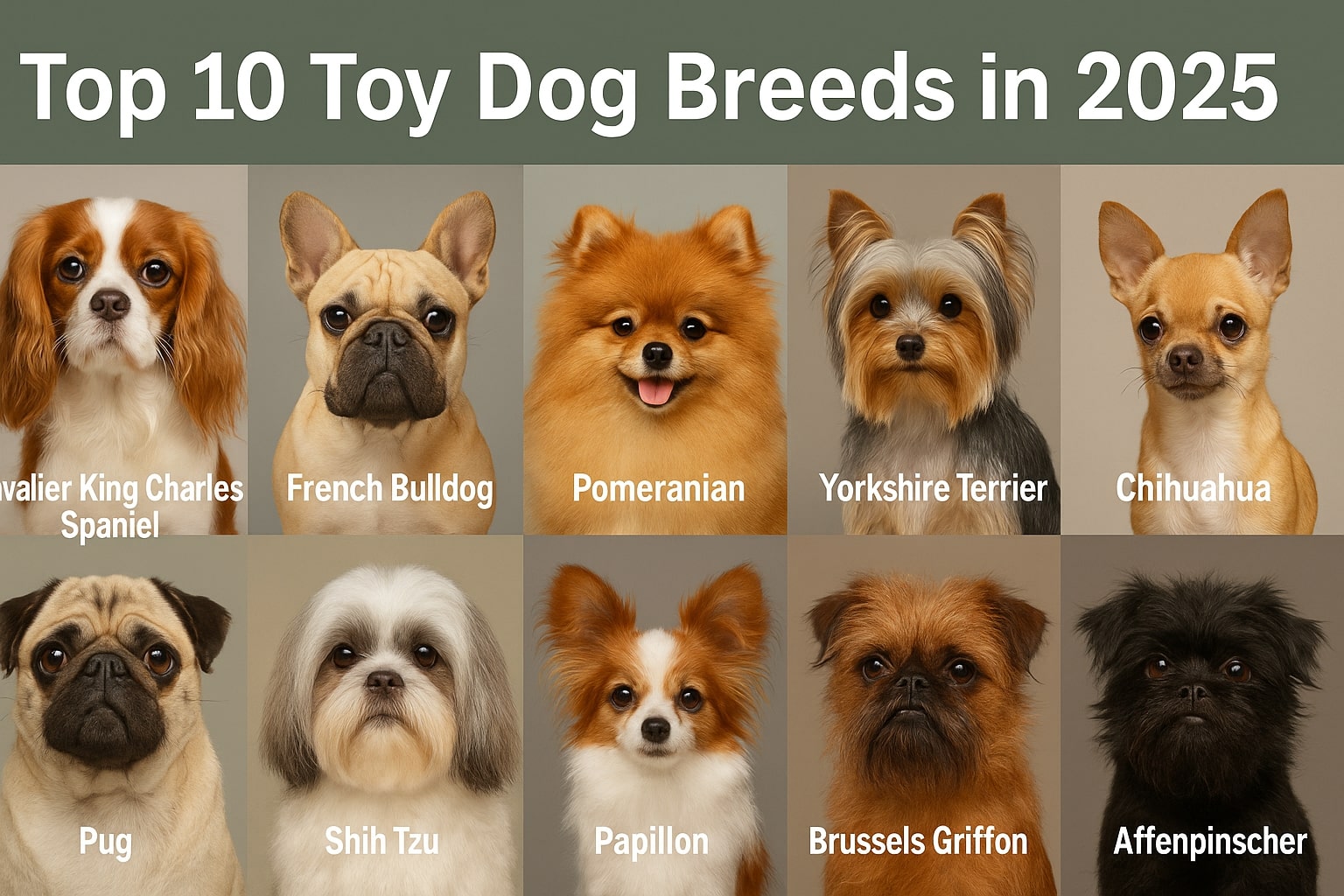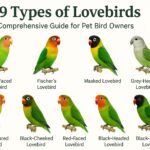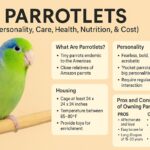Finding the perfect four-legged companion can feel overwhelming, especially when you’re considering a smaller dog that fits your lifestyle. Toy dog breeds have captured the hearts of pet owners worldwide, offering big personalities packed into tiny packages.
These miniature marvels bring joy, companionship, and endless entertainment to households across the United States, United Kingdom, Europe, Australia, and Canada. Whether you live in a bustling city apartment or a spacious suburban home, toy breeds adapt beautifully to various living situations while providing unwavering loyalty and affection.
What are Toy Dog Breeds?
The American Kennel Club recognizes toy dogs as one of seven distinct breed groups, alongside Sporting, Hound, Working, Terrier, Non-Sporting, and Herding breeds1. What exactly defines a toy dog? Simply put, these are dogs that have been bred specifically for their small size, typically weighing under 15 pounds when fully grown. Despite their diminutive stature, toy dogs pack tremendous personality and often display confidence that rivals much larger breeds.
Toy dogs originated from various backgrounds, with some being miniaturized versions of larger breeds while others developed naturally as small companions. These dogs have been bred primarily for companionship rather than specific working purposes, making them ideal pets for families seeking affectionate, devoted companions.
However, potential owners should understand that toy dogs can display certain behavioral traits, including territorial tendencies, protective instincts, and occasional excessive barking.
Top 10 Toy Dog Breeds Taking 2025 by Storm
1. Cavalier King Charles Spaniel
The Cavalier King Charles Spaniel embodies elegance and grace, living up to their royal name with dignity. These spaniels display remarkable versatility, equally comfortable lounging on your couch or chasing squirrels in the backyard.
Their gentle nature and moderate size make them excellent choices for families with children, while their beautiful, silky coats and expressive eyes never fail to capture attention.
Cavaliers typically weigh between 13-18 pounds and stand about 12-13 inches tall. Their friendly disposition extends to both humans and other pets, making socialization relatively easy. These dogs thrive on human companionship and can develop separation anxiety if left alone for extended periods.
2. French Bulldog
While not traditionally classified in the toy group, French Bulldogs have become incredibly popular among small dog enthusiasts and deserve mention for their compact size and apartment-friendly nature.
The French Bulldog has secured the number one spot as the most popular dog breed in the United States for three consecutive years. Their distinctive bat ears and compact size have made them favorites on city streets and rural roads alike.
French Bulldogs originated in France and were recognized by the American Kennel Club in 1898. Their playful nature and adaptability make them suitable for various lifestyles, particularly urban living. These dogs typically weigh 20-28 pounds, making them slightly larger than traditional toy breeds but still perfect for those seeking a small companion.
3. Pomeranian
Ranking as number 22 on the American Kennel Club’s popularity list, Pomeranians are Spitz-type dogs originating from the Pomeranian region in northwestern Poland and northeastern Germany.
These fluffy bundles of energy are playful, intelligent, lively, and extremely sociable. Despite their small size, typically weighing 3-7 pounds, Pomeranians possess bold personalities that often surprise first-time owners.
Pomeranians live 12-16 years and come in various colors and patterns. Their double coat requires regular grooming to prevent matting and maintain their signature fluffy appearance. These dogs make excellent watchdogs, alerting owners to visitors or unusual activities with their sharp, distinctive bark.
4. Yorkshire Terrier
Yorkshire Terriers, affectionately known as “Yorkies,” represent one of the most recognizable toy breeds. These tiny terriers typically weigh 4-7 pounds but display courage and determination that far exceeds their size. Originally bred to catch rats in clothing mills, Yorkies maintain their terrier instincts and can be quite fearless when protecting their families.
Their silky, long coats require daily brushing and regular professional grooming. Yorkies are known for their loyalty to their owners and can be somewhat suspicious of strangers initially. Early socialization helps these dogs develop into well-rounded companions who adapt well to various social situations.
5. Chihuahua
The Chihuahua stands as one of the smallest and oldest breeds in the Americas, with ancestors that were favorite pets of the Toltec people thousands of years ago. These tiny dogs, weighing just 2-6 pounds, possess what many describe as a “titanic attitude” despite their minuscule size. Their precise origin remains unknown, but their place in dog lover’s hearts is undeniable.
Chihuahuas come in both smooth and long coat varieties, with colors ranging from solid to combinations of various hues. These dogs form strong bonds with their owners and can be protective of their families. Due to their size, they require careful handling, especially around young children who might accidentally injure them.
6. Pug
Pugs bring comedy and charm to every household they enter. These wrinkled companions originated in China and were bred to be companion dogs for Chinese emperors. Their flat faces and large, expressive eyes give them almost human-like expressions that endear them to families worldwide.
Weighing typically 14-18 pounds, pugs are slightly larger than some toy breeds but maintain the toy group’s companionship focus. Their short coats require minimal grooming, but their facial wrinkles need regular cleaning to prevent infection. Pugs are known for their even temperaments and excellent relationships with children.
7. Shih Tzu
The Shih Tzu, whose name means “lion dog” in Chinese, was bred to resemble the lions depicted in ancient Chinese art. These dogs were developed in Chinese royal courts and have maintained their regal bearing throughout history. Their long, flowing coats and confident gait make them natural show-stoppers.
Typically weighing 9-16 pounds, Shih Tzus are sturdy little dogs with friendly personalities. Their coats require daily brushing and regular professional grooming to prevent matting. These dogs are known for their outgoing nature and generally get along well with children and other pets when properly socialized.
8. Papillon
The Papillon’s name comes from the French word for butterfly, referring to their distinctive butterfly-like ears. These elegant toy dogs are highly intelligent and excel in various dog sports, including agility and obedience competitions. Their alert expressions and graceful movements make them captivating companions.
Weighing 5-10 pounds, Papillons are active dogs that enjoy mental stimulation and physical exercise. Their silky coats are surprisingly easy to maintain with regular brushing. These dogs are known for their friendly nature and ability to adapt to various living situations.
9. Brussels Griffon
Often compared to Chewbacca from Star Wars, the Brussels Griffon packs a big and bold personality into a 12-pound frame. These dogs come in both smooth and rough coat varieties, with the rough-coated version displaying the characteristic mustache and beard that gives them their distinctive appearance.
Brussels Griffons are intelligent, alert dogs that make excellent companions for adults and older children. Their expressive faces seem almost human-like, and they’re known for their ability to form strong bonds with their owners. These dogs can be somewhat sensitive and respond best to gentle, positive training methods.
10. Affenpinscher
Nicknamed “diablotin moustachu” (the “mustached little devil”) in France, the Affenpinscher has also impressed Star Wars fans for resembling a certain furry co-pilot. These monkey-faced dogs are confident, curious, and often fearless despite their small size of 7-10 pounds.
Affenpinschers have wiry coats that require regular grooming to maintain their characteristic scruffy appearance. They are intelligent dogs that can be somewhat independent, making early training and socialization important. These dogs make excellent companions for adults who appreciate their quirky personalities and entertaining antics.
Choosing the Right Toy Breed for Your Lifestyle
Selecting the perfect toy breed requires careful consideration of your living situation, lifestyle, and personal preferences. Urban dwellers often gravitate toward breeds like French Bulldogs or Cavalier King Charles Spaniels, which adapt well to apartment living and moderate exercise requirements.
Those seeking low-maintenance grooming might prefer pugs or smooth-coated varieties, while people who enjoy grooming routines might find satisfaction in maintaining the beautiful coats of Shih Tzus or Yorkshire Terriers.
Consider your family dynamics when choosing a toy breed. Households with young children should focus on breeds known for their gentle nature and sturdier build, such as Cavalier King Charles Spaniels or pugs. Families with older children or adults only might enjoy the spirited personalities of Chihuahuas or the intelligence of Papillons.
Energy levels vary significantly among toy breeds. While all small dogs need exercise, some breeds like Papillons require more mental and physical stimulation than others. Pomeranians and Yorkshire Terriers tend to be more active, while pugs and French Bulldogs are generally content with moderate exercise and plenty of relaxation time.
Essential Care Considerations for Toy Dog Owners
Toy dogs require specialized care due to their size and unique characteristics. Their small stature makes them vulnerable to injuries from falls, rough play, or accidents. Pet owners must puppy-proof their homes more thoroughly, ensuring that small dogs cannot fall from furniture or get caught in tight spaces.
Temperature regulation presents challenges for many toy breeds. Small dogs lose body heat more quickly than larger breeds and may require sweaters or coats in cold weather. Conversely, breeds with flat faces, like pugs and French Bulldogs, can struggle with heat regulation and need protection from extreme temperatures.
Nutrition plays a crucial role in toy dog health. These dogs have higher metabolic rates and may need to eat more frequently than larger breeds. Small kibble sizes are essential to prevent choking, and portion control helps prevent obesity, which can be particularly problematic in small breeds.
Dental care requires special attention in toy breeds, as their small mouths often lead to crowding and dental issues. Regular brushing, dental chews, and professional cleanings help maintain oral health and prevent the tooth loss that commonly affects small dogs as they age.
Training and Socialization for Small Dogs
Despite their size, toy dogs benefit tremendously from proper training and socialization. Many small dog behavioral issues stem from inadequate training rather than inherent breed characteristics. House training can be more challenging with toy breeds due to their small bladders, but consistency and patience yield excellent results.
Socialization should begin early and continue throughout the dog’s life. Exposing toy dogs to various people, situations, and environments helps prevent the fearfulness and aggression that can develop when small dogs feel overwhelmed or threatened. Positive reinforcement training methods work best with most toy breeds, as they respond well to treats, praise, and gentle guidance.
Leash training requires special consideration for toy dogs. Using harnesses instead of collars protects their delicate tracheas, while retractable leashes provide freedom while maintaining control. Many toy dog owners find success with indoor exercise options during harsh weather, including puzzle toys, indoor agility courses, and interactive games.
Conclusion
The joy of sharing your life with a toy dog breed extends far beyond their adorable appearance. These remarkable companions offer unwavering loyalty, entertainment, and affection that enriches daily life in countless ways.
Your relationship with your toy dog will be filled with laughter, love, and unforgettable moments, no matter which breed you choose.
Remember that each dog is an individual with unique needs and personality traits, regardless of breed characteristics. With proper care, training, and attention, toy dogs make exceptional companions that bring years of happiness to families across the globe.
- Parrotlets (Personality, Care, Health, Nutrition, & Cost) - June 20, 2025
- Caique (Personality, Care, Health, & Nutrition) - June 20, 2025
- The Complete Guide to Golden Retrievers - June 9, 2025















